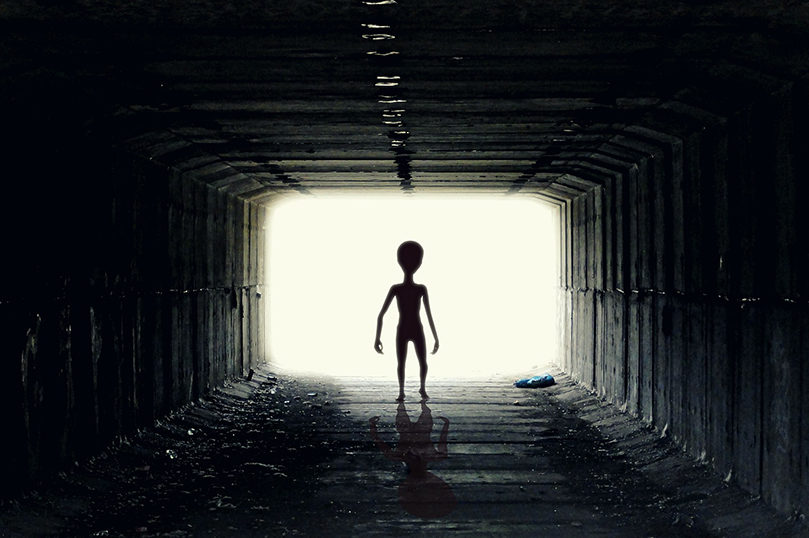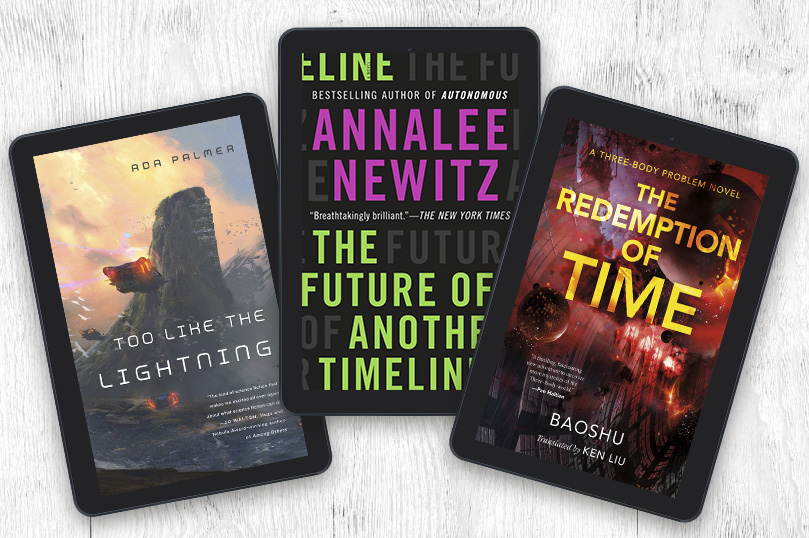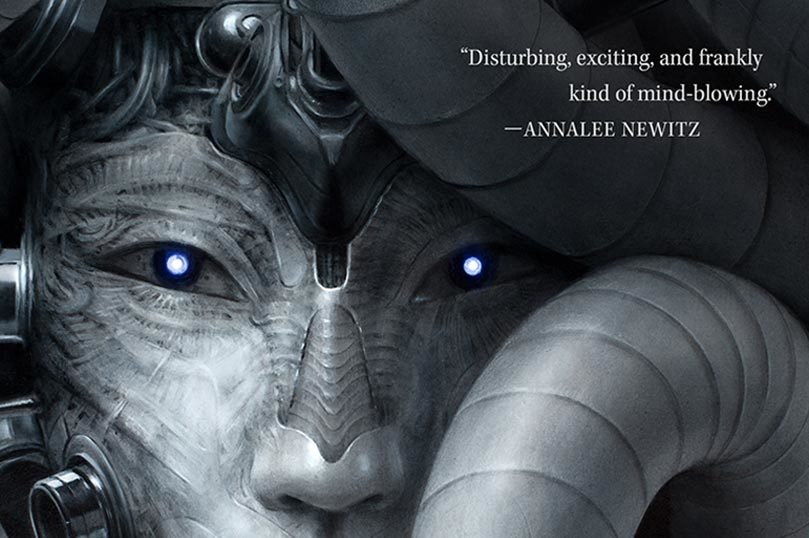
Our Favorite Non-Humanoid Aliens
Not every alien looks like us. Here are some of our favorite non-humanoid aliens!

Not every alien looks like us. Here are some of our favorite non-humanoid aliens!

Jenn Lyons is the author of the epic A Chorus of Dragons series, and she’s also one of the foremost dragonic scholars of the contemporary age. Here we consult her comprehensive knowledge of dragon lore to understand what SFF titles would benefit from the inclusion of one (or more) dragon(s).

Back in 2020, we put together an article to highlight some fantasy series of REALLY BIG BOOKS that we could all get lost in until upon reaching the end, finally, we would emerge into a brighter post-2020 future.
For literally absolutely no reason at all, we’ve decided to bring this list back with some additional entries!

It’s the start of a new month and you know what that means…EBOOK SALES! Check out what you can grab for the entire month of September here!

Sure, horses are majestic and noble beasts, but why limit yourself to four legs and hooves in fantasy when you could be riding anything from gigantic sandworms to man-eating hippos? Here are six titles that feature alternative steeds for riding into battle on, or just riding to work on.

Happy 4th of July! This year, we’re celebrating by reading some of our favorite tales of revolution and rebellion in science fiction and fantasy. What’s your favorite revolutionary title?

Revenge is a dish best served cold—as cold as space, in fact. Maybe that’s one of the reasons revenge pairs so well with science fiction. Looking for a tale of vengeance in the cold, hard vacuum of space? We have some suggestions!

There’s a vast universe of Dune novels out there. After the classic by Frank Herbert, what do you read next? Authors Brian Herbert and Kevin J. Anderson have some suggestions.

New from Ken Scholes, Jon Land, Tracy Hickman, and more!

New From David Weber, Rick Wilber, Suzanne Johnson, and more!